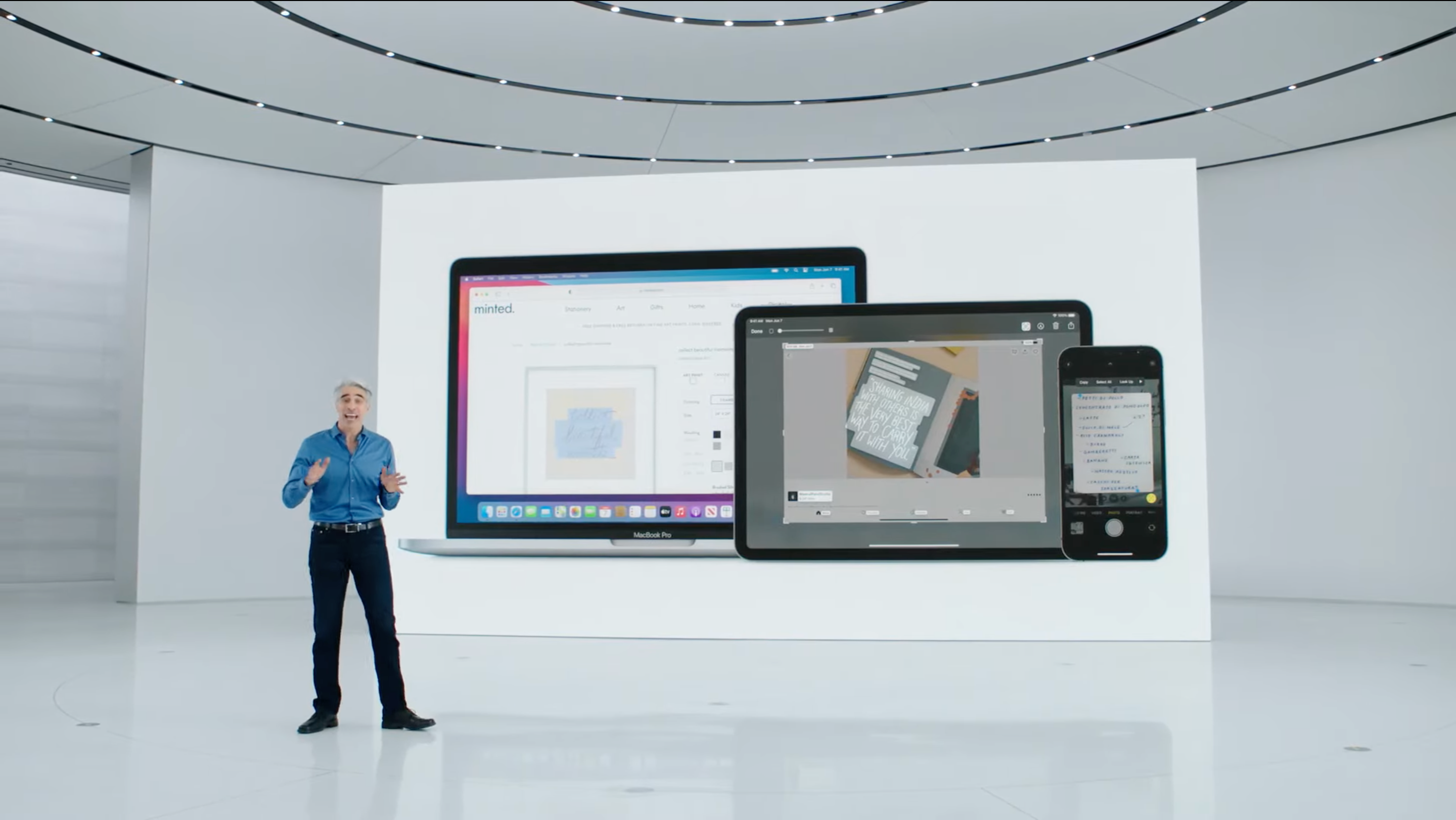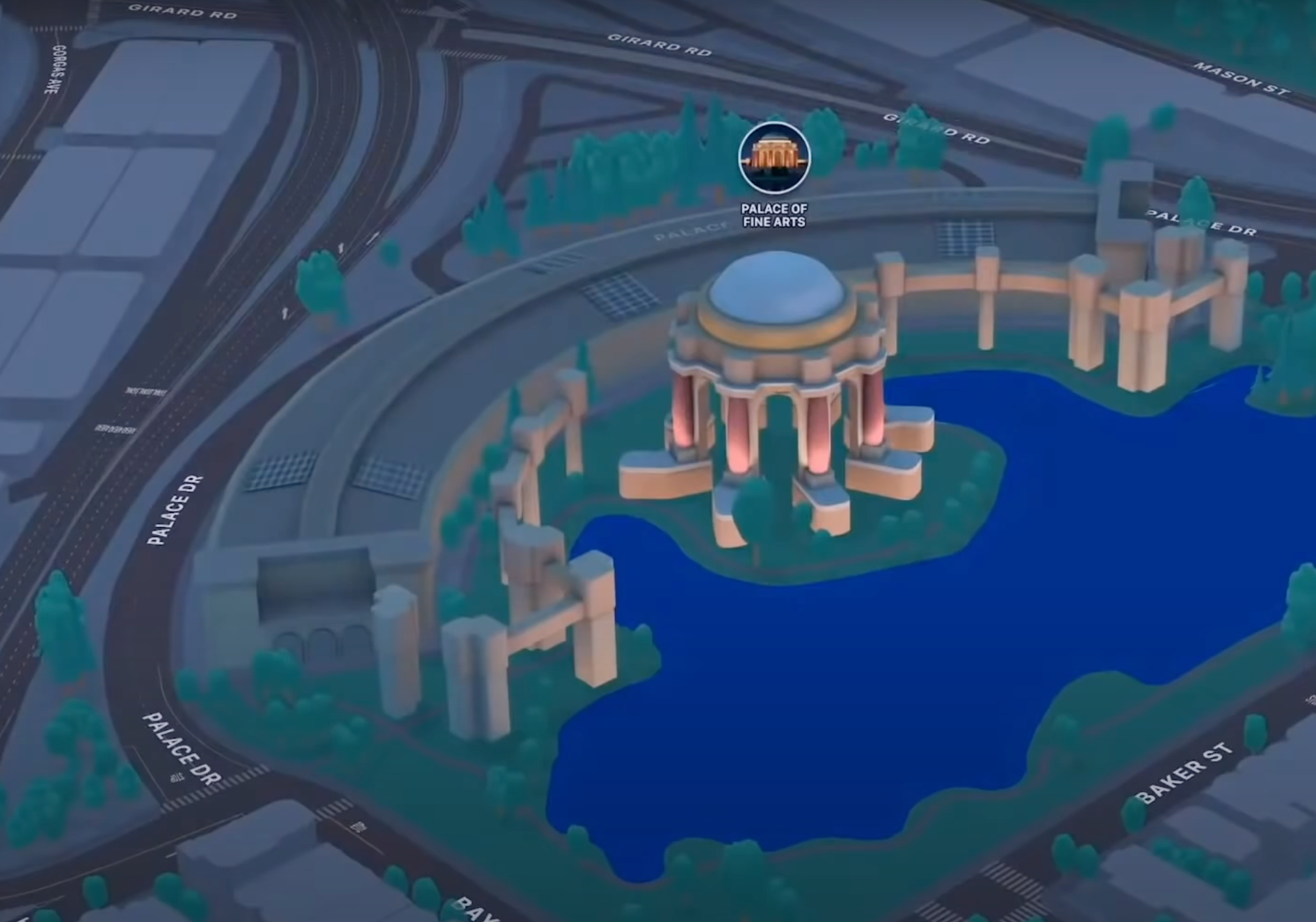With a range of M1 Mac computers available, the transition from Intel to Apple Silicon is well over halfway done. While Apple is doing its best to support older Macs with software updates, there’s still an inevitable cost to moving to a new architecture.
Intel-based Macs aren’t going to get several macOS Monterey features, including some of the biggest announcements from the WWDC21 keynote.
If all the performance and battery life enhancements didn’t tempt you to upgrade to an Apple Silicon Mac, losing out on key features may just do that. We’ll highlight all the features you’ll miss out on if you use an Intel Mac running Monterey.
1. Live Text
One of the key features of macOS Monterey is Live Text. It lets you select text directly from images and quickly paste it into other apps. This game-changing feature is unfortunately not going to be making it to Intel Macs.
You’re going to have to rely on OCR apps for Mac, which will do the job. However, it would have been a lot nicer if this feature was built-in. After all, Intel Macs are still on sale, and the transition to Apple Silicon is about halfway done.
That’s what makes it hard to understand or justify the lack of this feature in Intel-based Apple computers.
2. On-Device Dictation
The dictation feature on Macs and iPhones is all set for a massive improvement with macOS Monterey and iOS 15. These devices will get on-device dictation. Whatever you speak will be converted to text offline, right on your Mac or iPhone.
Sounds great, right? We were excited too, until we found out that this feature is also limited to M1 Macs. Got an Intel Mac? Forget about offline dictation and good luck dealing with Apple’s wonky servers while dictating.
If you’re fortunate enough to be able to use on-device dictation on your Mac, you’ll be pleased to know that a wide range of languages is supported.
Apple says on-device dictation is available in 13 different languages such as English (six different variants including UK and US), French, German, Mandarin, Cantonese, and Japanese.
3. Continuous Dictation
One of the most annoying limitations of server-based dictation on both Macs and iPhones is the fact that it’s limited to 60 seconds. There were times when I felt like speaking instead of writing on my Mac, and this limitation made me swear off dictation for good.
macOS Monterey gets rid of this 60-second timeout and you can use on-device dictation to dictate text for as long as you want. Well, that’s only partially true.
As with every other feature in this article, this one is also limited just to M1 Macs.
4. Neural Text-to-Speech Voice
The excellent neural text-to-speech voice has been added to more languages in macOS Monterey. You’ll be able to use it with Danish, Finnish, Norwegian, and Swedish languages—as long as you have an M1 Mac.
Text-to-speech will still work in these languages on your Intel Mac, but it won’t have the nice new voice.
5. FaceTime Portrait Mode
Most major video calling and video conferencing apps allow you to blur the background while you’re on a video call. FaceTime got this feature in macOS Monterey too.
Except that it did so just for M1 Macs. Yet again, Intel-based Macs got the cold shoulder. To blur your background on video calls, you’ll just have to use Google Meet or Zoom on your Intel Mac.
6. Interactive Globe in Apple Maps
Apple Maps got a few cool new features in macOS Monterey. One of these features is a lovely new interactive 3D globe, which allows you to explore the beauty of our planet.
Apple claims that you’ll find remarkably improved details for deserts, forests, mountain ranges, and oceans. This would’ve been great to have on Intel-based Macs, but sadly, it’s also limited to M1 Macs.
7. Apple Maps’ New City Experience
If you like checking out new places on Apple Maps, macOS Monterey’s got a new feature that shows you seriously enhanced details in several cities. Geographical features such as buildings, elevation, landmarks, roads, trees, and others, have been vastly enhanced in Apple Maps.
This will appeal to anyone who wants to explore major cities on Apple Maps, including some of the world’s biggest cities such as London, Los Angeles, New York, and San Francisco.
As you might have guessed, this feature will not be available to those who have Intel-based Macs.
Why Didn't These Features Make It to Intel Macs?
All of these features rely on the neural engine that’s exclusive to Apple Silicon M1 Macs. Older Macs don’t have the same neural engine built into their chipset, which is why they’re being left behind.
An Apple spokesperson has been quoted in a Wired report, saying that features such as FaceTime portrait mode and Live Text were designed for the neural engine. This means that devices that don’t have this engine have been left behind.
The answer isn’t so obvious for other features though. The Wired report quotes the Apple spokesperson again, and they claim that Apple Maps features were limited to M1 Macs “because of the balance between power and energy efficiency of the M1.”
The explanation makes sense to some extent, but it’s also not going to please the people who spent a significant sum on Intel-based Macs. Machines such as the 16-inch MacBook Pro, the iMac Pro, and the venerable Mac Pro still haven’t been replaced by their Apple Silicon counterparts.
Is This the New Normal for Intel Macs?
The features we’ve mentioned in this article are nice to have, but perhaps not essential for most people. Missing out on these features does take away the desire to upgrade to Monterey immediately.
Even though Apple will continue to support Intel Macs for the foreseeable future, you can definitely expect to see more features skipping the old machines in the future as well. Whether you like it or not, M-series chips are the future of Macs, and it may just be wise to wait for the transition to be complete before upgrading.
For all we know, Apple may have some amazing features planned for upcoming Macs, and some M1-based machines may miss out on those features later.




